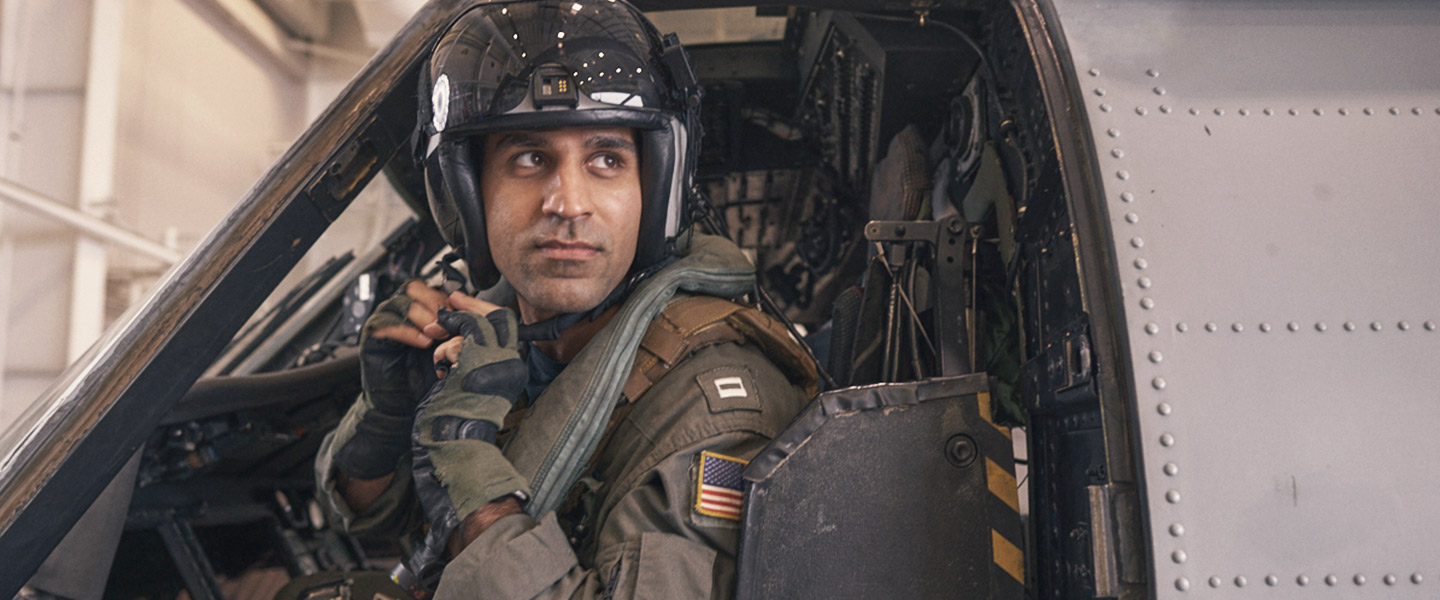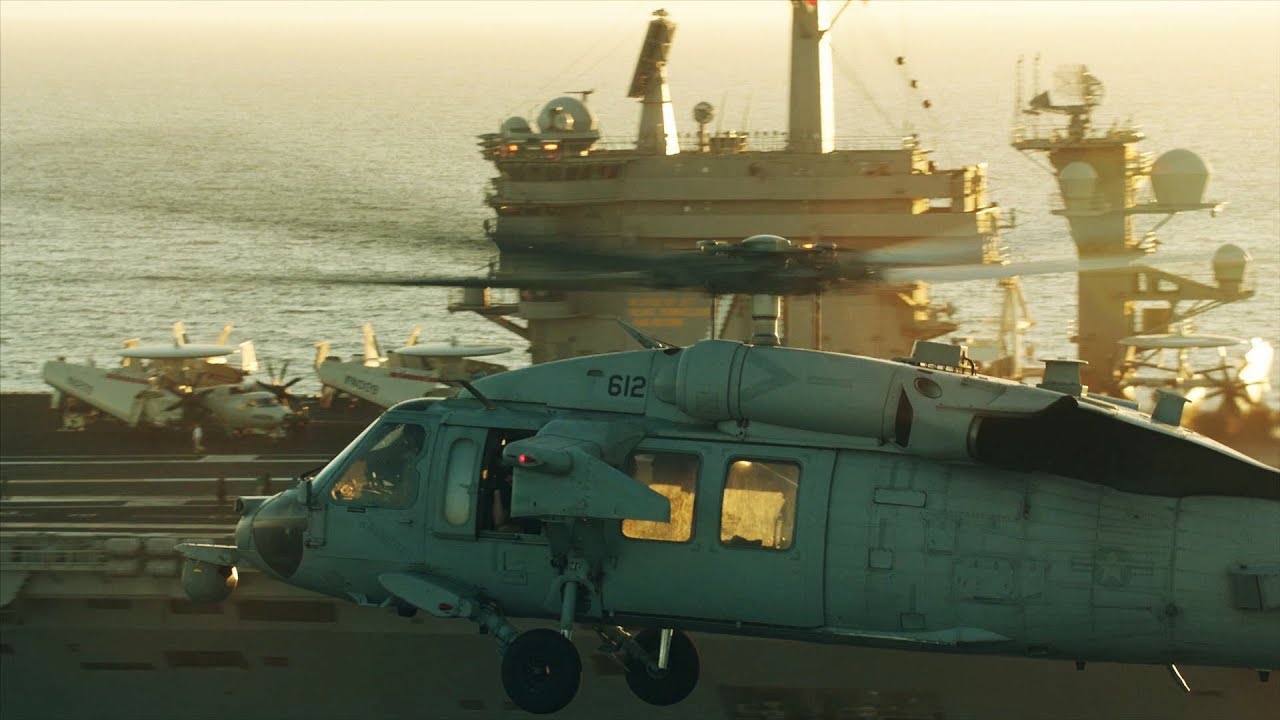What to Expect
More Information
Responsibilities
Search for underwater threats. Deliver payloads of incredible firepower or necessary manpower. Execute strategic aerial maneuvers anywhere from over two miles high in the sky, to mere feet above the sea. This is just a glimpse into your career as a Helicopter Pilot. You also may find yourself:
- Flying some of the most innovative and high-tech aircraft in the world like the MH-60 Romeo and the MH-60 Sierra
- Executing search and rescue missions where you’ll hover 10 feet over waters to drop off Search and Rescue Swimmers and pick up ejected Aviators
- Providing vital attack, defense and logistic support to the Fleet
- Controlling and maintaining all internal and external aircraft systems
- Taking part in antisubmarine warfare and mine countermeasures, as well as search and rescue operations and vertical replenishment missions
- Receiving specialized training on the advanced tactical systems found on Navy aircraft
- Projecting aviation power in fighter and attack, reconnaissance, and sea control missions
- Launching from aircraft carriers or surface combatants
- Conducting enemy surveillance by collecting photographic intelligence
Work Environment
As a Helicopter Pilot, missions and assignments can be anywhere around the globe. This includes working from carrier battle groups, or other sea-based platforms, and at Naval Air Stations or other locations on shore.
Training & Advancement
Those entering aviation programs must first attend Officer Candidate School (OCS) in Newport, RI, and then complete a six-week air indoctrination course at Naval Aviation Schools Command, in Pensacola, FL. From there, prospective Helicopter Pilots attend primary flight training.
Candidates then request an aircraft pipeline and enter the intermediate phase of flight training, which builds upon basic flight and navigation training. The final phase is advanced naval flight training, focusing on mission specifics. After completion, prospective Helicopter Pilots are awarded their “wings of gold” and report to their respective Fleet Replacement Squadrons (FRSs) for further training specific to their aircraft.
Promotion opportunities are regularly available but competitive and based on performance.
Post-Service Opportunities
Specialized training received and work experience gained in the course of service can lead to valuable credentialing and occupational opportunities in related fields in the civilian sector.
Education Opportunities
Following your initial flying tour as a Naval Aviator you can attend the Naval Postgraduate School (NPS) in Monterey, CA, where you may be able to earn a master’s or doctoral degree while being paid full-time.
Opportunities for further education within this career include:
Qualifications & Requirements
A four-year degree is required to work as a pilot. Candidates seeking an Officer position in this community must have a bachelor’s degree from a regionally accredited institution, preferably in a technical field. Ask a recruiter for specifics.
All candidates must also be U.S. citizens, willing to serve worldwide and qualified for sea duty.
General qualifications may vary depending upon whether you’re currently serving, whether you’ve served before or whether you’ve never served before.
Part-Time Opportunities
Currently, this position in the Navy Reserve is open only to prior or current military aviators.
Serving part-time as a Navy Reserve Sailor, your duties will be carried out during your scheduled drilling and training periods. During monthly drilling, Helicopter Pilots in the Navy Reserve typically work at a location close to their homes.
For annual training, Helicopter Pilots may serve anywhere in the world, whether on a ship at sea or at bases and installations on shore.
Take a moment to learn more about the general roles and responsibilities of Navy Reserve Sailors.
Most of what you do in the Navy Reserve is considered training. The basic Navy Reserve commitment involves training a minimum of one weekend a month (referred to as drilling) and two weeks a year (referred to as Annual Training) – or the equivalent of that.
Pilots in the Navy Reserve serve in an Officer role. Your prior experience as an Officer satisfies the initial leadership training requirement – so you will not need to go through Officer Training again.

































































































































